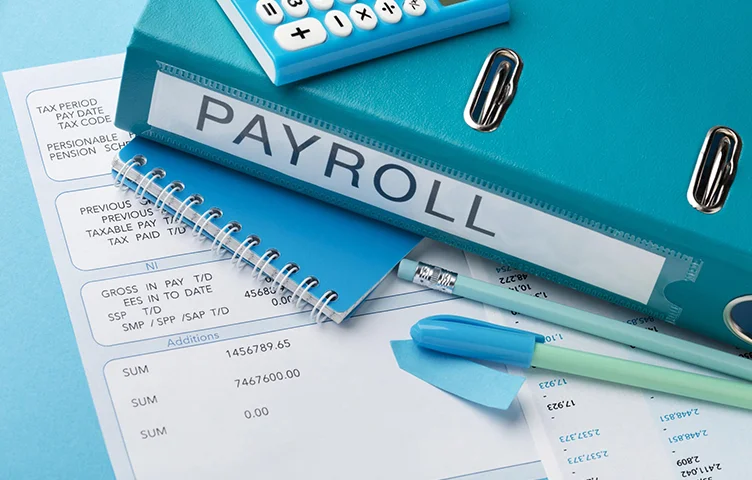For a small business owner, handling payroll can seem pretty daunting amid juggling everything else. Yet, a smooth payroll operation is necessary to keep employees happy, comply with laws, and stay financially balanced. According to Charles Spinelli, it makes sense for small businesses to set a checklist to do transparent payroll administration, which can help avoid unwanted, costly errors. Here is a detailed guide:
- Register the Business for Payroll Taxes
A business must register with the federal and state tax authorities before processing any employee payments. This means applying for an Employer Identification Number (EIN) or its local equivalent. Additionally, the employer may require to get registered for unemployment insurance, workers’ compensation, and other state tax programs. This is the first step to ensure the business can lawfully withhold and pay taxes on behalf of staff.
- Classify Workers Correctly
An important part of setting up payroll is correctly classifying workers as either employees or independent contractors. Getting this wrong can result in legal trouble and paying back taxes with a high penalty. Employees usually have payroll taxes withheld and receive benefits, while independent contractors take care of their own taxes. Classifying workers correctly from the beginning helps prevent problems later on.
- Gather and Preserve Employee Information
Payroll will not work without reliable employee information. Small companies have to gather filled-out tax returns (like W-4s in the United States or their local equivalent), direct deposit data, and identification documents. It’s also necessary to document compensation information, benefit choices, and employment agreements. They should be kept safely for legal and auditing reasons.
- Set Pay Schedule and Compensation Mode
Setting up a regular pay schedule—whether it’s weekly, bi-weekly, or monthly—is important for budgeting and keeping employees informed. The business also needs to choose how to compensate workers: through hourly wages, salaries, or commissions. It’s essential to share this info with employees and include it in their contracts to keep everything clear and minimize misunderstandings.
- Track Work Hours and Time Off
According to Charles Spinelli, accuracy in time tracking is vital to compute wages, especially for employees paid per hour. Small business owners should be equipped with reliable time-tracking instruments or software that track normal hours, overtime, and paid holidays. A good system also assists with complying with labor regulations on rest periods, overtime compensation, and holiday pay.
- Compute Payroll and Deductions
Once the hours and wage rate are gathered, the company then needs to compute gross wages and deduct the proper deductions. These include federal and state income tax withholding, social security contributions, pension plan deductions, and all other benefits that are payable. Payroll software can greatly simplify the task and minimize the chances of manual errors.
- Disburse Payments to Staff and Tax Agencies
After calculating payroll, businesses must disburse payments typically by direct deposit or paper check and pay taxes and contributions to relevant authorities. Conforming tax deposit timelines is essential to avoid penalties and accruing interest charges.
- Preserve Payroll Records with Diligence
Preserving Payroll records for several years is a legal mandate in any jurisdiction. The records should contain complete stubs, tax filings, and year-end summaries. Reporting and audits on a regular basis ascertain the accuracy of the payroll system and adherence to changing laws and regulations.
An organized payroll checklist can assist small companies in preventing many pitfalls associated with payroll management. With the right tools and a definite process, even the smallest company can execute payroll like a professional.
